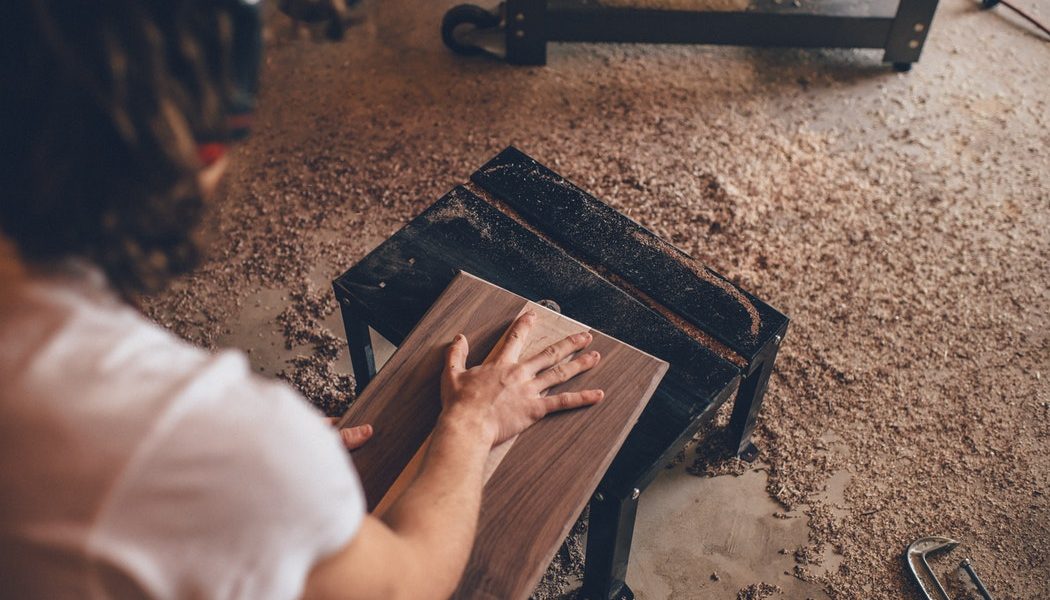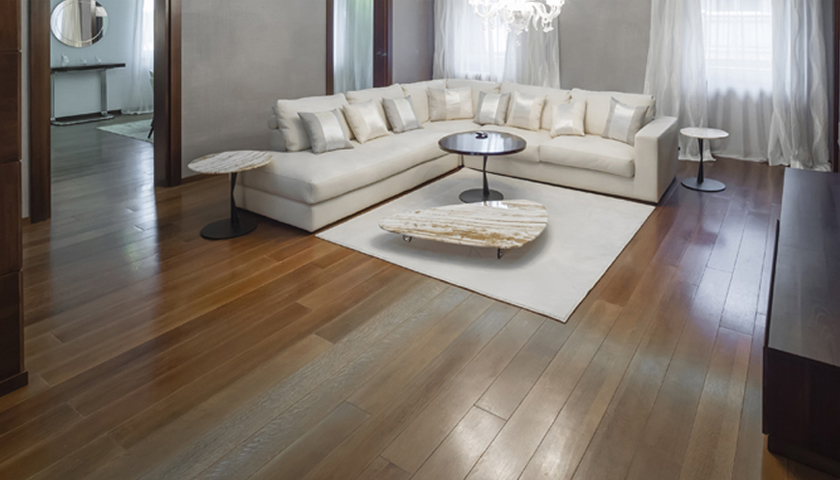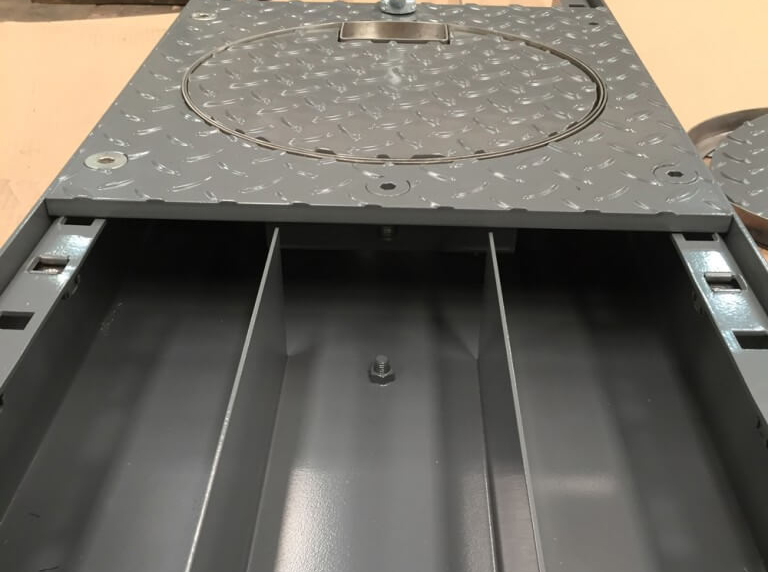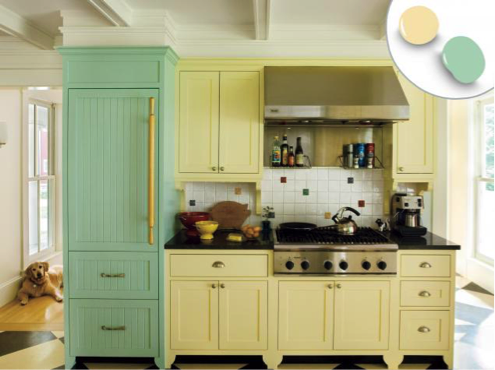If you are looking to restore or refinish a piece of wooden furniture then sanding is possibly the most important part of the process. It should be done by hand as power tools can cause damage to the wood. Care should be taken to always sand with the grain and it is not a process to be rushed. The care you put into sanding will determine the quality of the finish. We have outlined some of the basics for sanding wood effectively below;
Sanding Technique
The first rule of sanding is to work with the grain of the wood. This is because cross-grain sanding can leave permanent and very obvious scratches. Secondly you should use a sanding block. You can’t exert even sanding pressure without the use of a block.
Carvings
Ornate carvings in your wood must be treated very carefully. Coarse sanding could blur the lines of the carving and detract from its original appearance.
For best results use only fine-grit sandpaper, grades 5/0 and 6/0, to smooth the stripped wood; work without a sanding block. Sand lightly along the grain of the wood, pressing the paper into cutout areas with your fingertips. Sand as far down into the carving as you can, but be careful not to flatten rounded surfaces.
Rungs, Rounds, and Spindles
Hard sanding on narrow rungs, spindles, legs, and other round parts can flatten or deform. Therefore special treatment is needed. To sand round parts, cut narrow strips of fine-grit — grades 5/0 and 6/0. Wrap a strip of sandpaper around the part, crosswise, and pull the ends back and forth to buff-sand the wood. Move up and down each round, changing your angle of sanding as you work, this will ensure you smooth the wood evenly. Take care not to leave horizontal grooves in the wood at the edges of the sandpaper strips.
Crevices
Another consideration will be how to sand in crevices in the wood. Sand along crevices with a strip of sandpaper creased to fit into the angle of the crevice. Sand only along the crevice, and use slow strokes; keep the pressure even.
Make sure the sandpaper doesn’t slip. If you’re not careful, you could damage the edges of the wood at the sides of the crevice.
Curved Edges
Sand convex curves carefully along the curve, pressing lightly with your fingers. Be careful not to damage any adjoining surfaces or edges. To smooth concave curves, use a piece of dowel the same diameter as the curve. Wrap a piece of sandpaper around the dowel, and push it carefully back and forth along the curve. At the ends of the curve, be careful not to slam the dowel into any adjoining surfaces.
Applying a coating
Ideally you want to get a professional spray painting company to apply a coating to the wood once sanded. This is the best way to achieve a professional finish. Finework are specialists in the professional spray painting & polishing of wood, MDF, and any other substrate. They offer finishes from low sheen natural oils, to a high gloss mirror effects. Whether you are looking for interior or exterior wood finishes, natural or a bold statement, Finework’s technique will evenly coat your wood to match your requirements.
To find out more visit their website.





